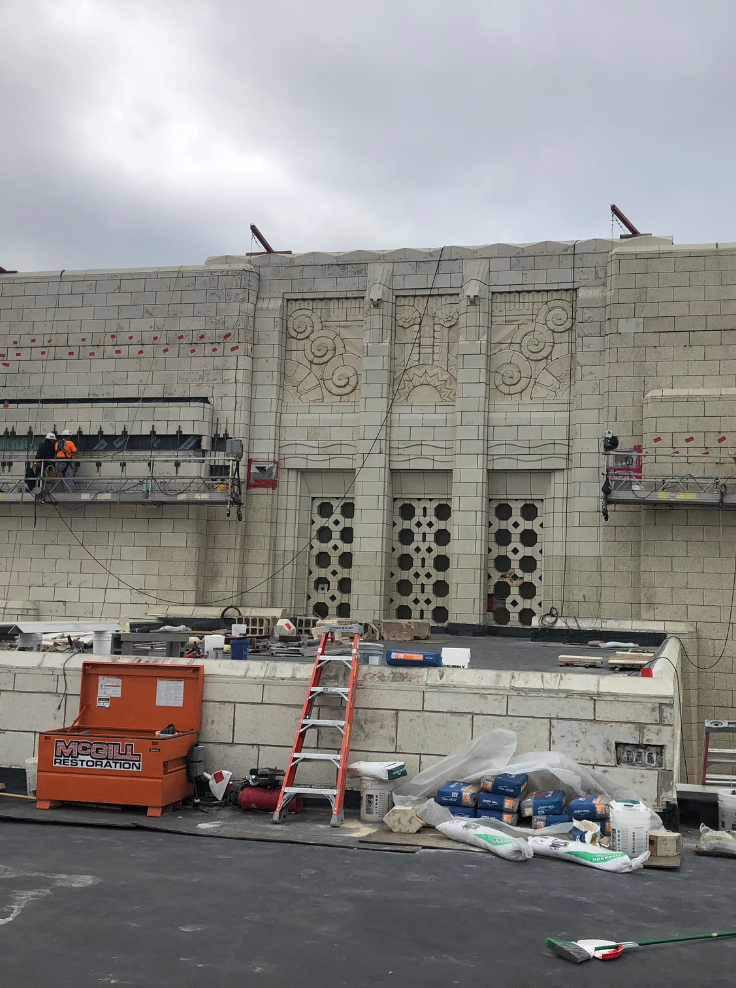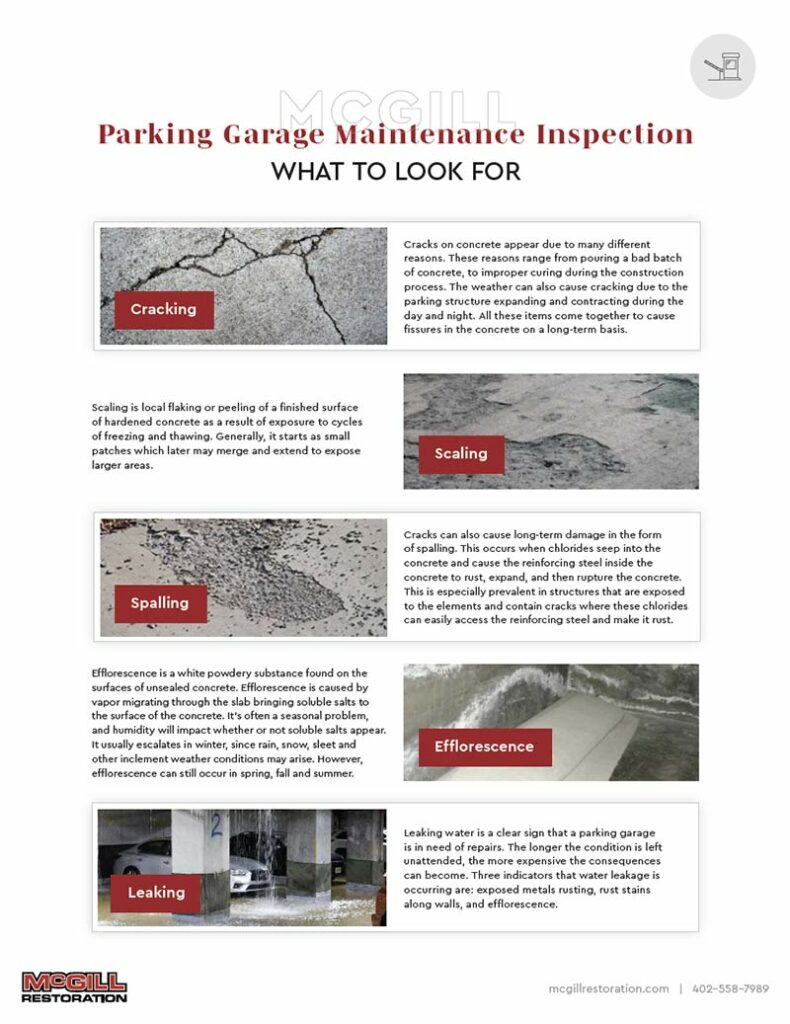Historic building restoration is is an important priority for many communities around Nebraska, Iowa, and the general Midwest. Preserving and restoring buildings is important for the entire United States, not just the Midwest. Many have the original look and are maintained to serve the communities where they stand. Without specialized restoration efforts, however, many historic structures would fall out of service and become candidates for demolition.
Historic Preservation: Why it Matters
Historic buildings serve more than nostalgia. They are touchstones of local culture and history. Preserved historic buildings show how high-quality materials and thoughtful architecture can withstand the test of time. They also provide a high-level aesthetic for the locale. These buildings are aesthetically pleasing for locals and tourists alike.
At McGill Restoration, we take pride in our historic restoration projects and love driving past the structures we have helped preserve. We see them on a regular basis and are proud to live in communities that care about maintaining historic structures.
With the right preservation approach, many historic structures can continue serving a variety of occupants. Industrial, municipal and residential uses can last for hundreds of years into the future. We are thrilled to engage with the process so our children and grandchildren can walk past the same structures we were raised around. Keeping these structures intact alongside local traditions leads to strong communities.
What Qualifies as Historic?
A few minimum qualifications are set to qualify structures as historic. History Nebraska maintains a register of historic landmarks but there are plenty of unregistered buildings that still fall within the bounds of being historic.
For historic designations, structures must:
- Be at least 50 years old.
- Have some significance to local or national history.
- Be a remarkable example of architectural style or the work of a great architect.
After meeting these requirements, restoration becomes increasingly important to protect local landmarks. When restored and protected, these structures are candidates for the National Register of Historic Places.
The McGill Restoration Approach to Historic Preservation
It’s incredibly rare that McGill Restoration meets a historic preservation project we won’t tackle. Every now and again, a building isn’t economically feasible to repair or it’s in a state of disrepair from long-term neglect. Crew safety is always our top priority and we conduct thorough inspections to ensure we can have a positive impact with the projects we do accept.
Historic building restoration projects are all unique and we love the problem-solving aspect associated with many structures. We work closely with architects and engineers. Our team makes every attempt to view the structure through the same lens as the original architects and builders.
Every Project Starts With a Thorough Inspection
Identifying damage is the first step of any historic building renovation project. For our inspectors, the top and bottom six feet of every structure are especially revealing. These are the most weather-exposed areas and they will show staining, cracked and crumbling mortar, deteriorating brick, and more.
Next, we look to the corners for cracking and stress points. Lastly, we move through each window and vent to inspect caulking and gaps. Water entry is the biggest threat to many buildings and every window or vent is a potential weak spot.
Lastly, we do something that isn’t written in the standard playbooks. We look for biological staining that reveals pervasive water being held within the framework of each building. If biological matter can grow, moisture is being held within the bricks and it’s time to really inspect the mortar and other entry points.
Sourcing and Fabricating Materials
Building materials have changed over the years and sourcing the correct brick and stone styles and sizing is difficult. Matching the original building means we have to go on scavenger hunts to find salvage sources.
When we simply can’t match the materials, the next step is to manufacture them. We create molds and forms to press our own bricks for the perfect match. When working on unique corbels and architectural features, the difference of fractional inches will throw off the entire flow of the piece.
Through exact matching and manufacturing techniques, we can take an artisan approach to recreating the building’s unique historic features.
How Long Will it Last?
Nothing lasts forever. Or does it? We can actually look at a building and make accurate estimates about how long the restoration work will last. This of course depends on property managers completing annual maintenance tasks to keep everything clean, sealed and working properly.
Tuckpointing work can last for another 50+ years on historical buildings. This specialized mortar work really makes the brick look new and fantastic. The replacement bricks themselves can also last in excess of 100 years.
Caulking around window joints will need occasional renewals and other aspects of the building will always require maintenance.
Examples in the Communities We Serve
We have a ton of building restoration examples and the following are just a few that we are especially proud to have completed.
Very few structures are encapsulated in terracotta. It’s a wonderful look, but the exterior of the Durham Museum was extremely weathered. Crew members who were raised in Omaha had visited this building on field trips as children. Restoring terracotta and bringing the building into the current code framework means this building can continue serving the public.
Located in an industrial district, this building was abandoned for 40-50 years. It endured a flood and sat neglected for far too long. Located north of the baseball field, this area is now seeing a revival with more residential buildings. This structure spearheaded that movement by turning one of the older buildings in the area into a renewed landmark.
This high school is actually housed in the old state capitol building. It’s one of the oldest and largest schools in Omaha and the big limestone structure has unique characters carved above each entrance. We completed repairs and cleaned surfaces to reveal the carvings, all while school was still in session. In 1869, the Nebraska Legislature donated the old capitol building to Omaha on the condition that it be used for a high school.
When things are difficult, McGill Restoration steps up with creative solutions. This building had unique corbels, and old photographs were the only historic reference point. Our team created molds for exact replica brick shapes based on these photos. The artisan approach paid off and the result was architectural restoration throughout the structure.
Protect and preserve your community’s history
Do you have a historical structure that is ready for review? Get in touch to learn more about our restoration process and capabilities.



